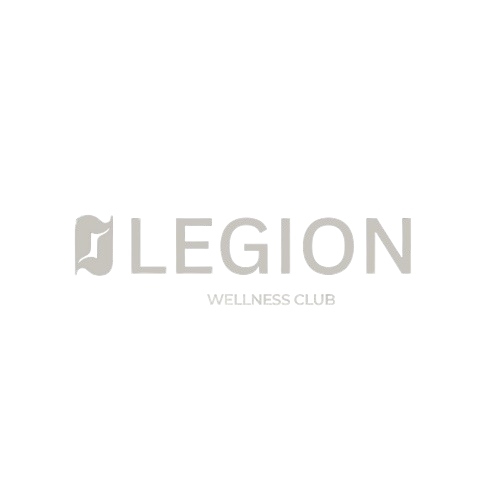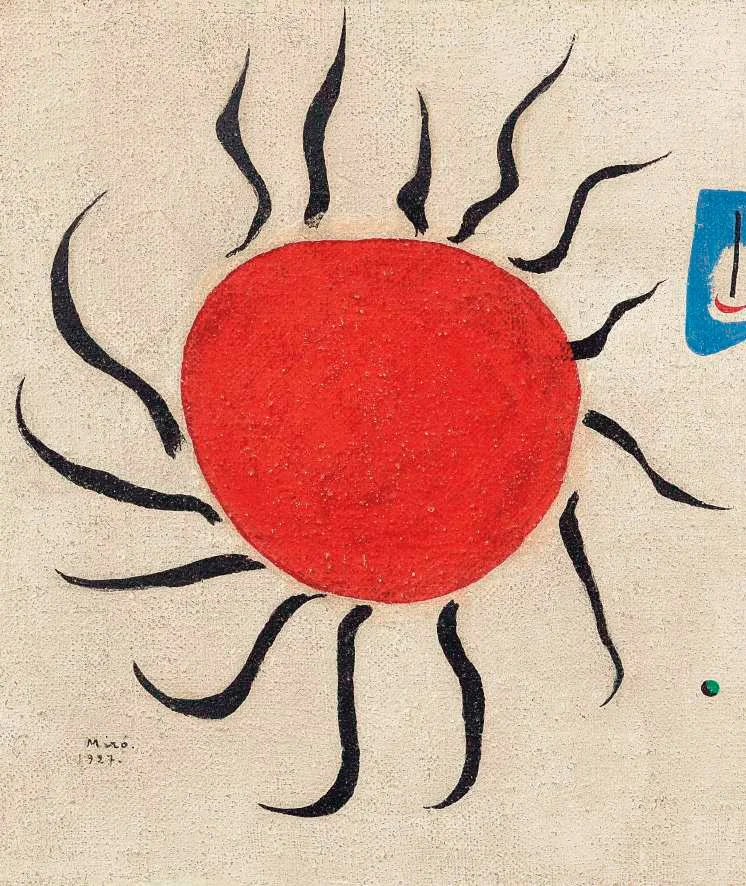The Art of Feeling Better: Why Looking at Art Is Healing
I’ve always believed in the quiet power of beautiful things: sunlight falling across a room, a photograph that stirs something in your chest, a painting that feels like a mirror. But it wasn’t until I started intentionally spending time with art that I realized how much it was doing for my mental health. Looking at art—whether in a museum, on the street, or even on your phone—isn’t just entertainment. It’s a form of nervous system regulation. It shifts your perspective. It heals.
Research is beginning to catch up with what many of us feel instinctively. A 2021 study published in Frontiers in Psychology found that just 10 minutes of art observation significantly lowered cortisol, the body’s primary stress hormone. Participants reported feeling calmer, more grounded, and even physically better, even if they didn’t identify as “art people” (Mastandrea et al., 2021). In a fast-moving world, art slows us down. It gives the mind a place to rest.
Art also helps us process what words can’t. That’s one reason visual expression is such a powerful tool in trauma therapy and grief work. Looking at abstract or emotionally resonant art can act as a mirror, reflecting feelings we may not be able to explain. It allows us to externalize, explore, and gently sit with what we’re carrying, especially during times of anxiety or burnout.
The healing power of art is being taken seriously in clinical spaces, too. In places like the UK and Canada, doctors are now prescribing museum visits as part of mental health treatment. One example is the Montreal Museum of Fine Arts’ “museum prescription” program, where physicians can issue passes to patients dealing with depression, chronic illness, or stress. The idea is simple: beauty and creativity offer emotional relief that medications alone can’t always provide.
You don’t need a museum membership to feel the benefits. It can be as simple as pausing in front of a mural on your walk, or spending an extra minute really looking at an image that moves you. Let your eyes land on something beautiful and stay there. Breathe deeply. Notice how your body responds. Ask yourself what you feel, without rushing to define it. Let beauty be enough.
Looking at art won’t fix everything, but it creates space in your mind. It softens the edges. It reminds you that you are human, and being human allows you to be soft, curious, and emotional. In a culture that often demands productivity and perfection, art invites us back into our senses. Into ourselves.
Sometimes healing looks like kale and chlorophyll. Sometimes it looks like standing in front of a canvas and remembering how to feel.
References:
Mastandrea, S., Fagioli, S., & Biasi, V. (2021). Art and Psychological Well-Being: Linking the Brain to the Aesthetic Emotion. Frontiers in Psychology, 12, 647303. https://doi.org/10.3389/fpsyg.2021.647303
American Art Therapy Association. (n.d.). What is Art Therapy? https://arttherapy.org/about-art-therapy/
Montreal Museum of Fine Arts. (2018). Doctors in Montreal Can Now Prescribe Museum Visits. https://www.mbam.qc.ca/en/news/the-mmfa-and-montreal-doctors-prescribe-museum-visits/
Stuckey, H. L., & Nobel, J. (2010). The connection between art, healing, and public health: A review of current literature. American Journal of Public Health, 100(2), 254–263. https://doi.org/10.2105/AJPH.2008.156497

